Protective immunity and persistent lung sequelae in domestic cats after SARS-CoV-2 Infection
Protective immunity and persistent lung sequelae in domestic cats after SARS-CoV-2 Infection
Published 22 March 2021
Chiba, S. et al. (2021) Protective immunity and persistent lung sequelae in domestic cats after SARS-CoV-2 infection. Emerging Infectious Diseases, 27 (2), pp. 660-663. https://dx.doi.org/10.3201/eid2702.203884
This paper reports on another small experimental study looking at infection and protective immunity in young (15–18-week-old) specific pathogen free cats from a research colony at the University of Wisconsin-Madison.
In the infection study eight cats were inoculated with SARS-CoV-2, and samples were taken at days 3-, 6- and 10-days post infection to measure viral load. Subsets of these cats (3,3,2) were sacrificed at day 3, 6 and 10 for histopathological examination of the lungs, trachea, and nasal turbinates.
Virus was detected in the nasal turbinates and trachea of all animals on day 3, and most on day 6, whereas detection in the lungs was limited on day 3 and absent on day 6. These results suggest that the virus replicated efficiently in upper respiratory tract, which might contribute to its high transmissibility among cats. No virus was detected in the upper or lower respiratory tract by day 10 and no animal showed any signs of respiratory illness during the study.
On histopathology of the upper respiratory tract, lymphocytic inflammation within the tracheal submucosa was present on days 3 to 10, whereas lymphocytic to mixed inflammation in the nasal cavity was more severe on days 3 and 6 but minimal on day 10. In the lungs, mild bronchitis with lymphoid hyperplasia, moderate to severe histiocytic bronchiolitis with partial to complete occlusion of lumina, and moderate to severe thickening of alveolar septa were observed.
Virus was not detected (detection limit 10 pfu/g of tissue) in other examined organs (e.g., brain, liver, spleen, kidney, small and large intestine, heart, and eyelids).
To look at persistent lung sequelae the authors looked at histopathological samples form cats included in a previously reported reinfection study. 3 cats were euthanised 21 days after reinfection (49 days after the initial infection), and tissue was submitted for histopathologic examination. The reinfection group showed lesions that were comparable with lung lesions observed on day 28 but with less severe thickening of alveolar septa.
The authors concluded that SARS-CoV-2 replicated effectively in the upper respiratory tract in cats, and infectious virus was cleared from the lungs within six days of infection; however, histopathologic examination demonstrated chronic lung sequelae in cats even a month after viral clearance.
The major limitations of this study are that it was based on experimental infection of young specific pathogen free cats and very small group sizes, which may limit generalisability of the findings to natural infection of domestic cats.
It should also be noted that details of the methodology and results are included in supplementary materials rather than in the main text.

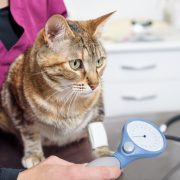
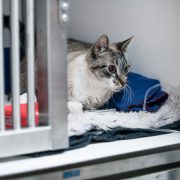
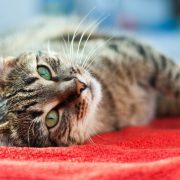

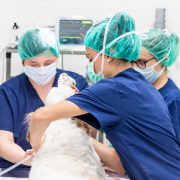
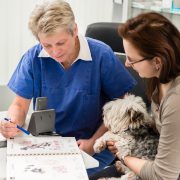
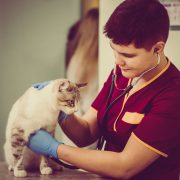
Leave a Reply
Want to join the discussion?Feel free to contribute!